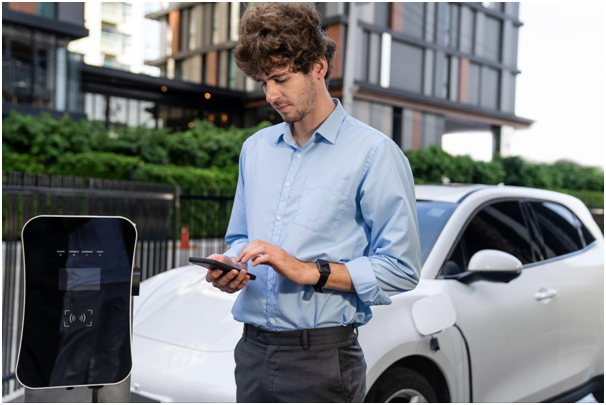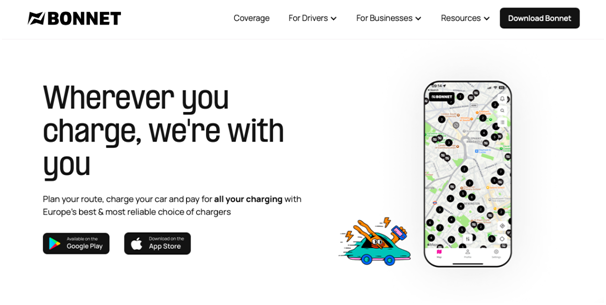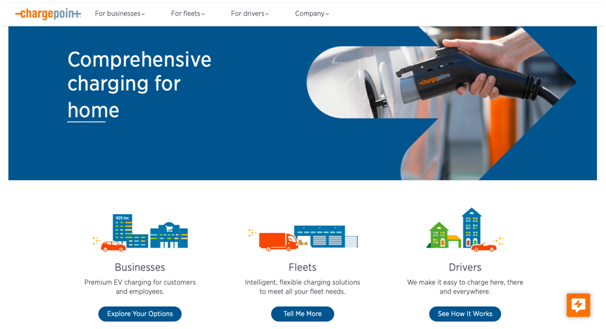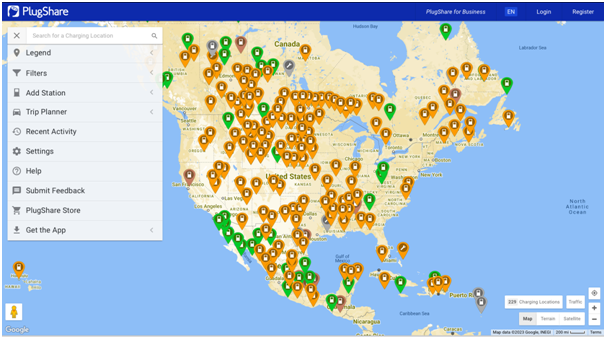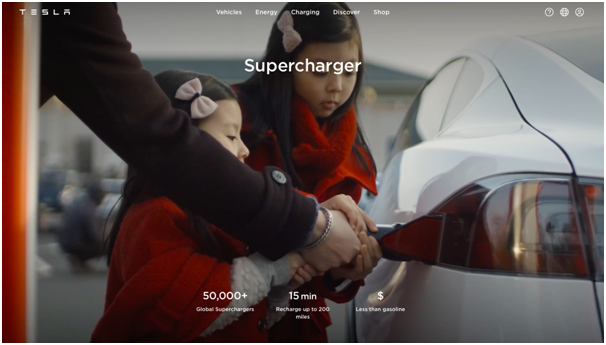The transition to green technology in transportation hinges not just on the availability of EVs but also on the infrastructure that supports them. Central to this are charging stations, the lifelines for electric cars, making the ease of locating and using them critical for EV owners. Here, apps play a pivotal role. These applications not only guide drivers to the nearest point but also provide essential information such as the type of connector, charging speed, and cost.
A robust network of charging stations significantly enhances the convenience of an EV, and the right one can make the experience seamless and stress-free. By examining a selection of top apps, we aim to provide insights into how they contribute to the practicality of EV ownership and facilitate the daily lives of their users.
Criteria for Evaluating EV Charging Apps
When it comes to selecting EV charging apps, the primary criterion that stands out is the size of its service area. A larger network means more options and greater flexibility for drivers, reducing range anxiety and making long-distance travel more feasible. However, size isn’t the only factor worth considering. The user interface is equally important. An intuitive, easy-to-navigate application enhances its convenience, making it quicker to find the necessary information about specific points.
Pricing transparency is another crucial element. Apps that provide clear information about the cost of charging at different stations empower users to make fiscally-effective choices. Additionally, many offer membership plans or discounts that add value for regular customers. Lastly, the inclusion of additional features like real-time availability updates, the ability to reserve a spot, and integrated payment options significantly elevate the functionality of the app.
By considering these factors – network size, user interface, pricing transparency, and additional features – we can form a comprehensive view of what each one offers, ensuring that drivers enjoy the most efficient and enjoyable experience possible.
1. Bonnet
Unlike some of the other EV charging apps on this list, Bonnet doesn’t operate the locations that show up on its map; instead, it links together networks into an easily accessible group and allows you to charge at all sorts of stations regardless of whether you’re a subscriber or not. This enables drivers to achieve savings that they simply can’t get with other applications by avoiding paying multiple fees to access different destinations.
Bonnet primarily operates in Europe and the UK and provides a transparent pricing structure. You can use their app to access all the networks associated with it for free on a PAYG method, or you can pay for their Bonnet Boosts subscription plan, which enables you to save up to 15% off your charging for a monthly fee.
2. ChargePoint
Founded in 2007, ChargePoint has grown into one of the largest EV apps globally, with over 145 million charging sessions delivered across North America and Europe. [1] It’s particularly dominant in the AC market, holding around 70% of all public AC network chargers in North America as of early 2023. [2]
The app is known for its modernized design, offering a range of features that cater to the needs of EV drivers. These include the ability to locate and pay for electric vehicle powering stations, track progress, receive notifications, and access charging history. Costs vary depending on which location you use, but it can facilitate easy payments.
3. PlugShare
PlugShare is particularly noted for using crowd-sourced information, which results in an accurate and up-to-date map for charging stations globally. This approach has helped the app claim to be the world’s largest EV driver community, with users contributing reviews and photos to aid in decision-making for other drivers.
Its interface allows users to filter the map by plug type, charging speed, and provider. This functionality is extremely useful for drivers, as it covers every major network across North America, Asia, and Europe. Recently, PlugShare underwent a significant update, introducing a new home screen, quick filters, and enhanced location details. [3] These improvements are designed with the idea of making their app more accessible and convenient to use.
4. Tesla Supercharger
While it is largely only accessible to Tesla drivers, Tesla Supercharger is worth noting whenever a conversation emerges about what the best EV app is. It is a significant player, particularly in the United States, where it’s larger than all other networks combined, with over 19,000 fast chargers. Globally, they operate around 45,000. [4] This extensive coverage ensures that more than 99% of the US population is within range of one, significantly easing anxiety for the auto manufacturer’s customers.
Tesla’s superchargers are known for their fast capabilities. For instance, you can power a Tesla vehicle up to 80% in about 30 minutes at one of their stations. [5] This ability is a major advantage, especially for those undertaking long journeys. In terms of cost, while the specifics can vary, using this network incurs a fee, which is typically lower than petrol. You can access their chargers through the Tesla app.
5. EVgo
EVgo aims to have over 2,000 charging stations in the next few years, targeting 200 open by 2024. [6] These will be located at about 500 Pilot Flying J truck stops. In line with these targets, they’ve partnered with General Motors, Pilot Travel Centers, and EVgo, which has led to the development of a new coast-to-coast fast network. Their first 17 locations are already operational across 13 states, with plans to install 25 more, offering 100 stalls in total by the end of the year. [7]
Their stations come with several perks, including onsite assistance, plug and charge compatibility, pull-through stalls for towing, ample lighting, and canopies for weather protection. Drivers can access these points through the EVgo and GM’s vehicle brand apps.
Final Thoughts
The adoption and success of EVs are intrinsically linked to the availability and efficiency of charging infrastructure, and apps are pivotal in enhancing the ownership experience. In a world increasingly transitioning to sustainable transportation, these empower users and contribute significantly to the practicality and convenience of owning an electric vehicle.

